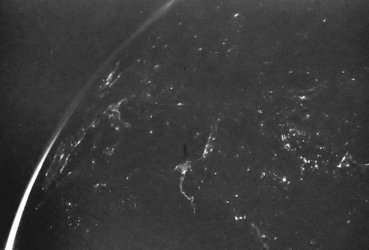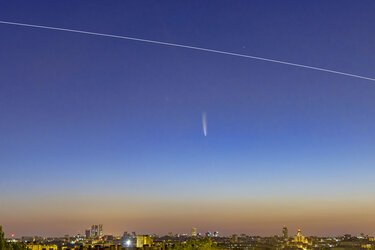

Rosetta darting across the night
Sequence recorded between 03:05 and 03:25 CET last night. It is composed of 18 images with an exposure time of 15 s and a separation of 69 s. The field is located in the constellation of Cetus and has a size of 10 x 10 arcmin. The telescope was tracking Rosetta so that the spacecraft appears as a dot in the centre of the image while the stars appear as stripes.
ESA scientists will be observing tonight as well, to see if they can detect detect Rosetta as it recedes. But the spacecraft will be much weaker in the sky than during the approach because an observer on ground will be looking at the unilluminated side of the solar arrays. Rosetta will have risen high enough for the telescope to point towards it at 04:30 CET. Its elevation will then increase; dawn starts shortly after 07:00 CET.





